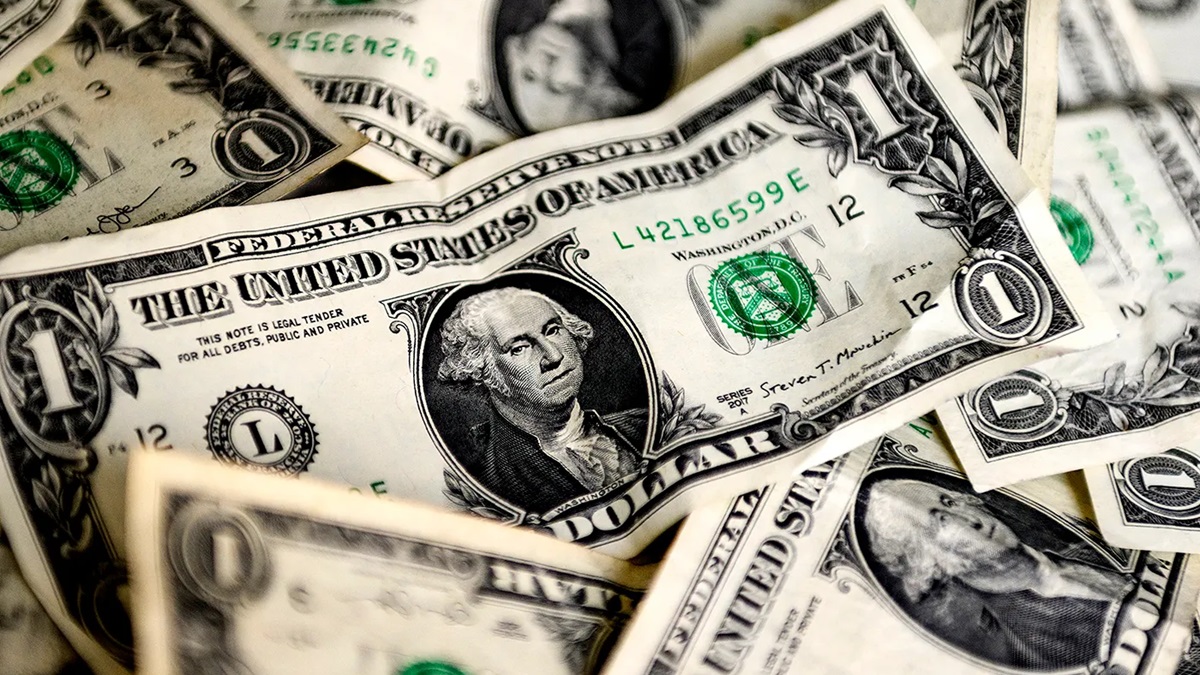The US dollar slid to a three-year low on Thursday, as global markets reacted to reports that former President Donald Trump is considering naming a replacement for Federal Reserve Chair Jerome Powell months ahead of his scheduled departure.
The Wall Street Journal report suggested that Trump, who has persistently criticised the Fed for not cutting interest rates quickly enough, may move to designate Powell’s successor before his term ends in May 2026. The speculation intensified expectations of near-term US rate cuts and triggered a broad sell-off of the greenback.
The dollar has now declined more than 10% in the first half of 2025. If it continues to decline in the coming days, it would mark its sharpest January–June drop since the early 1970s, when global currencies shifted to free-floating exchange rates.
“The striking thing on the dollar trend of the last six weeks is that in almost any market regime, the dollar is struggling to appreciate,” said Michael Metcalfe of State Street. He noted that investor sentiment is at its most negative level since the COVID-19 pandemic, with many market participants holding “underweight” dollar positions.
Currency markets reflected the shift: the euro strengthened by 0.6% to $1.173, a high not seen since 2021. The Swiss franc rose to a 10-year peak, and the yen also appreciated, moving below 144 per dollar.
Equity markets continued their upward trajectory. MSCI’s benchmark index of global stocks reached a new high, rising 0.4% on the day and extending gains to nearly 8% for the year. Europe’s STOXX 600 index added 0.2%, supported by easing geopolitical tensions and signs of coordination among EU leaders on trade policy ahead of a 9 July deadline for talks with Washington.
Asian markets also posted gains, with Tokyo’s Nikkei surging 1.65% to its highest level since January. MSCI’s index of Asia-Pacific shares outside Japan edged slightly higher.
Investor sentiment in Europe was further buoyed by the outcome of Wednesday’s NATO summit. Members agreed to allocate 5% of GDP to defence, including 3.5% for military capabilities and 1.5% for broader defence-related activities.
